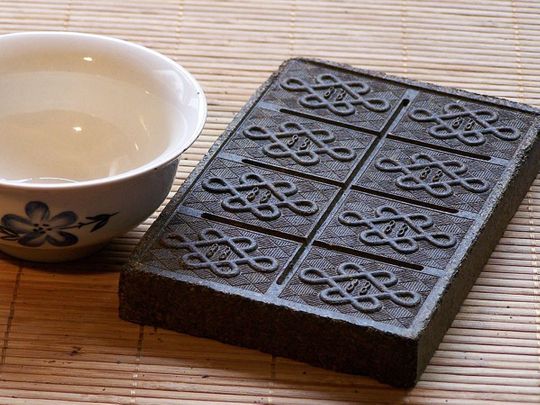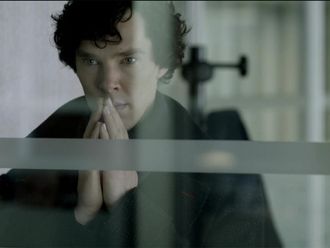
Before there were Bitcoins and paper money, societies sometimes used unusual, creative ways to pay for services and goods – from bricks of tea to massive stone discs.
Click start to play today’s Word Search, where you can spot various forms of currency.
Here are unusual currencies from around the world that are interesting to note:
1. Rai stones of Yap

The Micronesian island of Yap has a famously unusual – and arguably inconvenient – form of currency: human-sized discs of rock. A visit to the island will have you staring in awe at the stone money that’s scattered all over the island. Some coins are as big as 12 feet in diameter, and weight up to eight tons. No one knows when the practice began, but historians believe the first pieces of stones were used as gifts and shaped like a whale (called ‘rai’). Today, the US dollar has replaced stone currency, but the Yapese still use it for more conceptual or cultural exchanges, such as for rights or customs.
2. Notgeld

After the end of World War I, Germany faced an unprecedented economic crisis. Since it was unable to provide enough currency for its citizens, German towns and cities took it upon themselves to create their own form of currency – often on whatever surface they could find, from wood and aluminum foil to silk linens. Called ‘notgeld’ (meaning ‘emergency money’), the currency was often colourful, featuring scenes of local architecture and culture, and even legends and folklore, like images of gnomes or headless horsemen.
3. Faceless bills in the Congo
The Democratic Republic of the Congo (formerly known as Zaire) in Africa saw the defeat of politician Joseph Mobutu in 1997. When the new government was ushered in, it found itself in a dilemma: it was in dire need of money, but all the currency had images of Mobutu on it. So, while redesigns and new banknotes were in progress, the country’s mint punched out Mobutu’s face on the bills, turning him into a headless figure. Some of these bills can still be found on auction websites, and today cost a lot more than they were once worth.
4. Tea bricks of Asia
For a very long time – from the ninth century to the 19th century – tea was considered to be so valuable that it became a form of money in parts of Asia. People in China, Tibet and Mongolia compressed tea leaves and case them in a metal or wooden mould to create tea bricks, which were then used as currency. Each brick’s value depended on the quality of tea leaves used to make it. Once payment was made, people could break off the bricks and consume the tea – a truly sustainable exchange.
What do you think of these unusual forms of currency? Play today’s Word Search and let us know at games@gulfnews.com.




